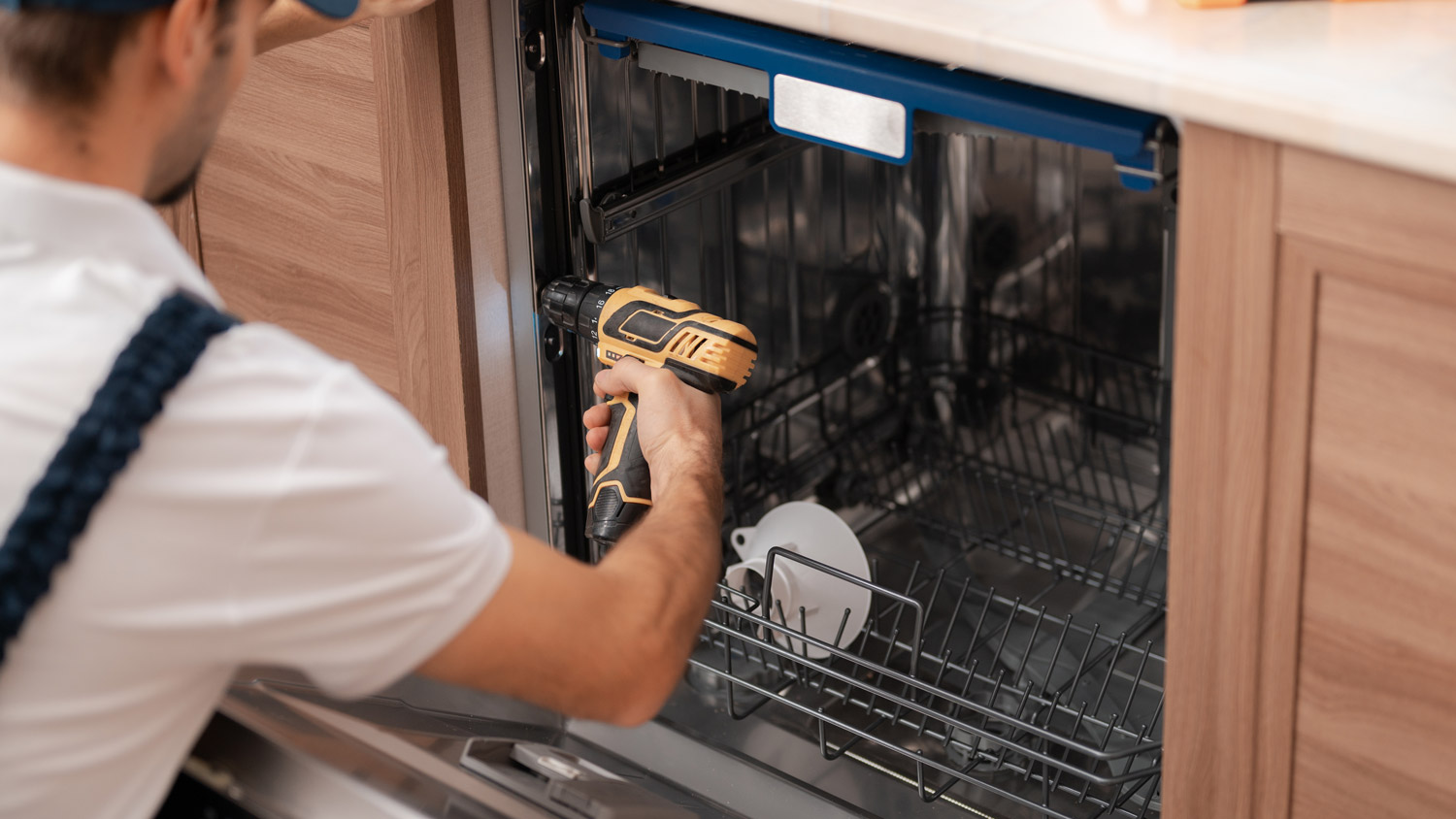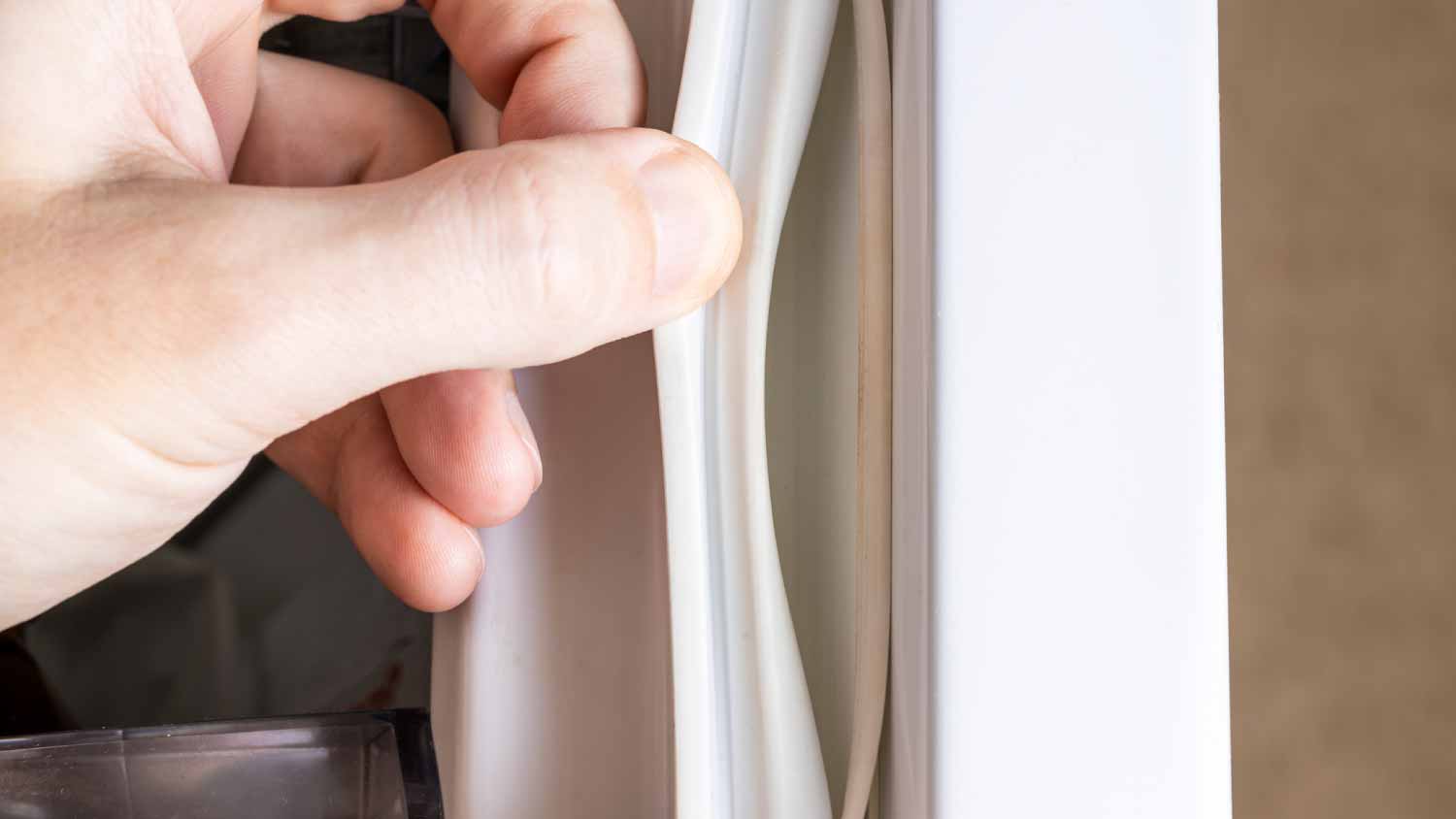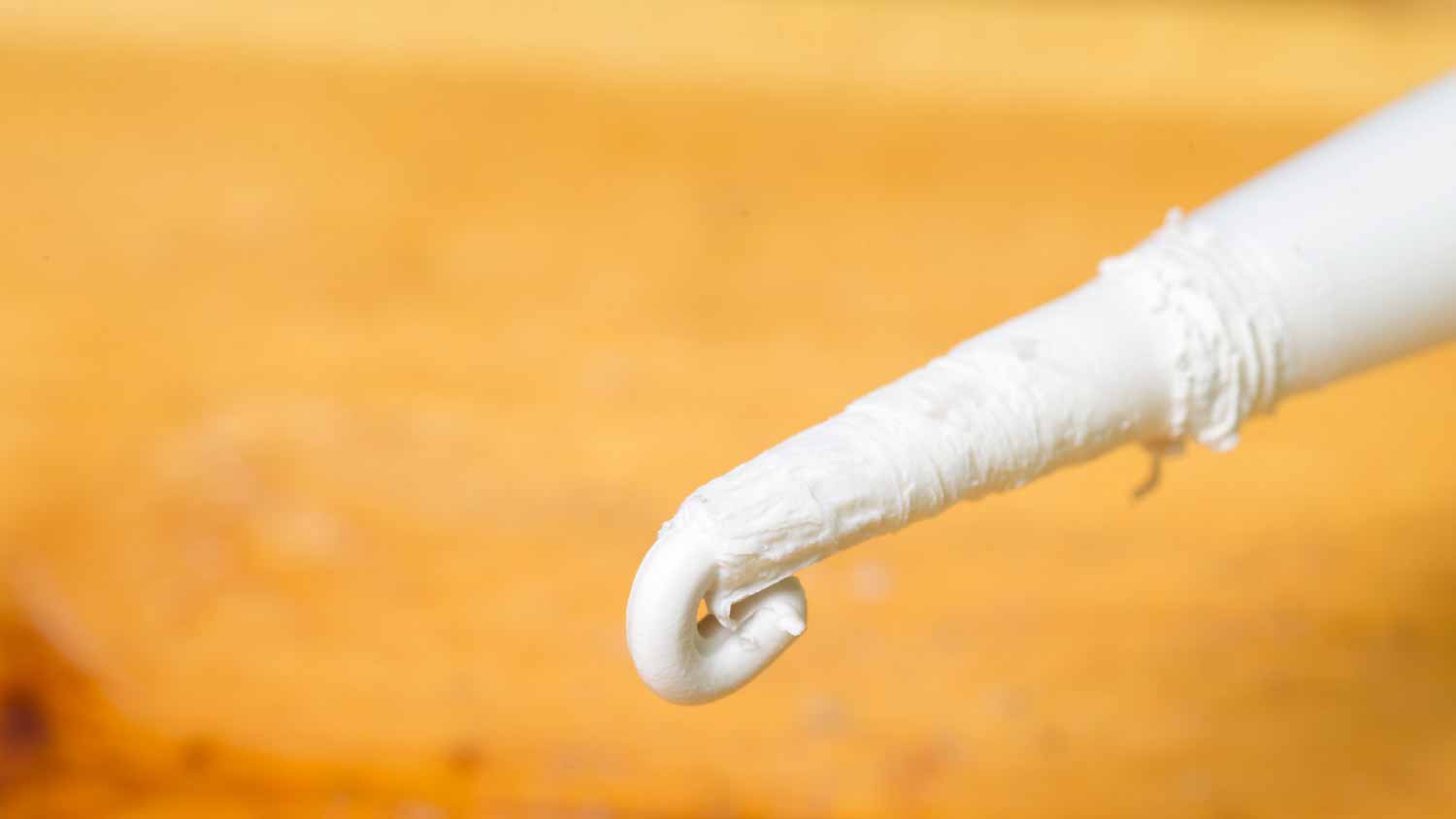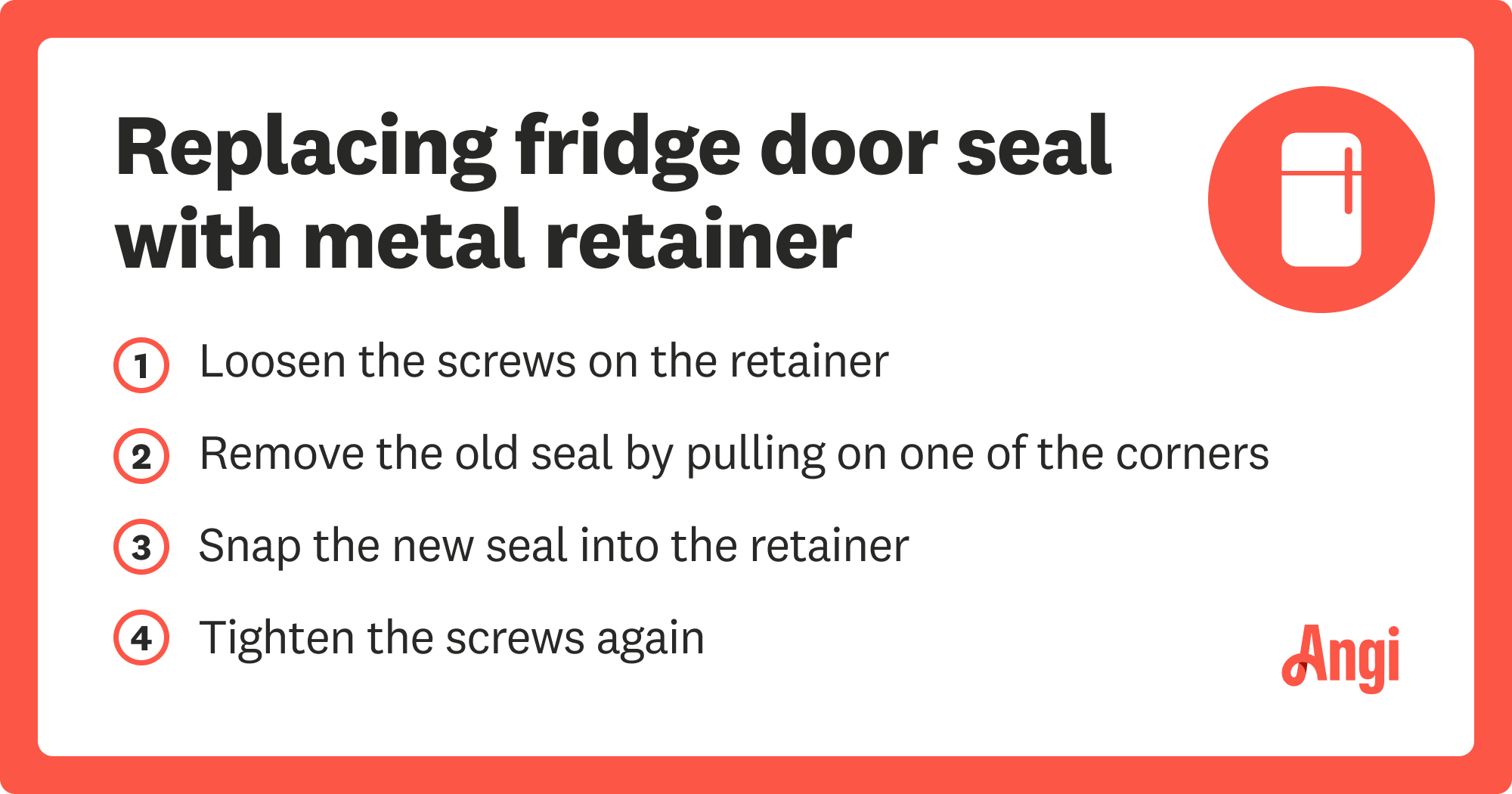
Discover the average dishwasher installation cost, key price factors, and tips to save on your project. Get transparent, expert-backed estimates.
Old or broken fridge seal? Learn how to get it fixed


The seal is an essential part of a refrigerator, and ensuring your refrigerator has a working seal can keep your energy bill low and your food cold. While seals inevitably deteriorate as the fridge ages, eventually stopping working, there are easy methods to fix or replace the seal without paying a hefty sum for a specialist to do the repair.
Think you might have a seal problem? Look for the warning signs. If your fridge door won’t fully shut, or if your fridge is not cold but your freezer is, the seal on your refrigerator may not be working properly.
If the fridge doesn’t stay cold but has no obvious tear or damage on the seal, try the dollar bill hack. Shut your fridge door on a dollar bill and pull. You have a loose seal if the bill slips out smoothly and easily. A properly functioning seal should create enough friction for you to feel a gentle drag on the dollar when you try to pull it out.

Sometimes, dirt and grime buildup can prevent your fridge door from properly sealing. If this is the case, the seal itself might not need any repairs. Instead, use a food-safe surface cleaner or a vinegar-baking-soda mix, wet the seal, let it sit for a few seconds, then gently wipe it clean. Repeat this process a few times.
Rubber hardens as time goes by and becomes less “sticky.” While the seal eventually wears out, you can quickly rescue it at least a few times using vaseline. The oil will help spring your rubber seal back and make it elastic and sticky again. Wearing rubber gloves, dip your finger into the vaseline and apply an even layer on your seal. Gently rub it into the seal, and you should notice the seal begin to soften in no time.

Minor cracks and damages on your fridge’s seal can be fixed using a silicon sealant or silicon glue: the same thing you’d use to fix a broken door seal. You can also use PVC glue, which is transparent and dries a bit faster than silicon glue. Make sure the seal is clean of grime and dirt before applying the sealant, or else it won’t stick to the rubber surface.
Properly maintained seals can last for years. However, you should check your fridge door seal every 12 months to look for significant wear, tear, and damage. If you think it’s time to get a new seal, look in your owner’s manual to find the right product.
A replacement door seal costs between $30 to $50, and your fridge manufacturer’s website will should have replacement seals. If you no longer have the owner’s manual, you can also look up your refrigerator’s make and model on the manufacturer’s website and find the correct replacement seal that way.
Some fridges use a metal retainer to hold the seal in place. Lift your seal to see if that’s the case, and use a screwdriver to loosen the screws on the retainer. Hold your door seal by one of the corners and gently peel it off the door. If your seal is glued to the door, grab a putty knife and gently pry it off the door. Make sure bits of old seals are completely removed before installing the new seal.
Tape the new seal down for a day or two to solidify the shape and flatten out any twists. Then soak the warped sections in warm water. You may want to rub the seal with your finger to straighten the rubber out further. This makes the seal more malleable and easier to install. Dry the gasket off completely, then install it onto the fridge door. Remember to tighten the metal retainer, or use a flathead screwdriver to push the edges in for a stronger seal.

It’s fairly easy to fix the seal on a refrigerator by yourself. However, if there is a need to adjust the door hinges, replace the fridge door, or conduct further repairs on the cooling modules, call a fridge repair contractor for the job. Replacing a refrigerator door costs $220 to $530 on average and is a heavy-lifting project best done by someone trained, licensed, and insured.
From average costs to expert advice, get all the answers you need to get your job done.

Discover the average dishwasher installation cost, key price factors, and tips to save on your project. Get transparent, expert-backed estimates.

The cost to install a wall oven depends on several factors, including the type and size of the oven. Get our full wall oven installation cost breakdown.

Get transparent refrigerator repair cost info. Learn what impacts price, compare repair vs. replacement, and find ways to save on your fridge repair.

Now the reasons why your dryer is leaking water and what you can do to prevent further water damage and address the problem.

Let precision in the kitchen protect you from water contamination. Follow these simple steps for installing a dishwasher air gap.

There are many different sizes of dishwashers, and which one you choose will depend on whether you want a standard dishwasher size or a custom fit.